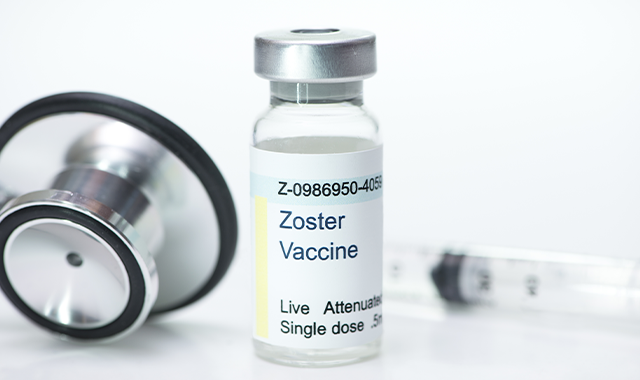Guidelines for Shingles Vaccinations
Be aware of the contraindications for Shingrix and Zostavax
Kathleen Dooling, MD, MPH


Shingles-an illness that one out of three adults will experience in their lifetime-is easily preventable through vaccination. For immunocompetent adults in the target age group, there are few contraindications for the two available vaccines, Shingrix and Zostavax. However, it is important for providers to know and apply the recommendations of the CDC when administering either vaccine.
Shingrix (RZV)
Shingrix, a recombinant zoster vaccine, was approved in 2017 by the FDA for prevention of herpes zoster in adults aged 50 years and older. It is administered intramuscularly in two doses given two to six months apart. The vaccine has a preferred recommendation from the CDC’s Advisory Committee on Immunization Practices (ACIP).
“The single contraindication is if a patient has demonstrated a severe allergy, such as anaphylaxis, to the vaccine or any component to the vaccine,” says Kathleen Dooling, MD, MPH and medical officer in the CDC’s Division of Viral Diseases. “If a person has an acute episode of shingles, we would suggest the provider consider delaying vaccination until that episode has resolved. Additionally, if a woman is pregnant or lactating, we advise that providers delay vaccination until that’s no longer the case.”
The CDC recommends Shingrix for adults with a history of herpes zoster or chronic medical conditions, patients taking low-dose immunosuppressive therapy, those anticipating immunosuppression (including cancer patients), or those who have recovered from an immunocompromising illness.
Best practice guidelines for immunization from the CDC advise that Shingrix can be administered concomitantly at different anatomic sites with other adult vaccines, including the flu shot. If a person has previously received Zostavax, the minimal interval before they can receive Shingrix is eight weeks.
Zostavax (ZVL)
Zostavax is a live shingles vaccine that was approved by the FDA in 2006. The recommended schedule is a single dose for adults 60 years of age and older. Like Shingrix, it can decrease the chances of developing postherpetic neuralgia, and reduce pain in people who get shingles after being vaccinated.
Zostavax should not be administered to anyone who has ever had a life-threatening or severe allergic reaction to gelatin, the antibiotic neomycin, or any other component of the vaccine.
Also excluded are people with weakened immune systems due to HIV/AIDS or other diseases that affect the immune system, those receiving treatment with drugs that affect the immune system (steroids, cancer treatment including radiation or chemotherapy), or patients with cancer affecting the bone marrow or lymphatic system. Women who are or might be pregnant should also be deferred.
Zostavax can be administered concurrently with all other live and inactivated vaccines, including those routinely recommended for people 60 years of age or older, such as influenza and pneumococcal vaccines.
Finally, a minor acute illness, such as a cold, is not a contraindication for either Zostavax or Shingrix. However, people suffering from a moderate or severe acute illness-including anyone with a temperature of 101.3° or higher-should wait until they recover before getting either vaccine.
Any clinically significant adverse events that occur in a patient following vaccination with Zostavax or Shingrix can be reported to the Vaccine Adverse Events Reporting System (VAERS).